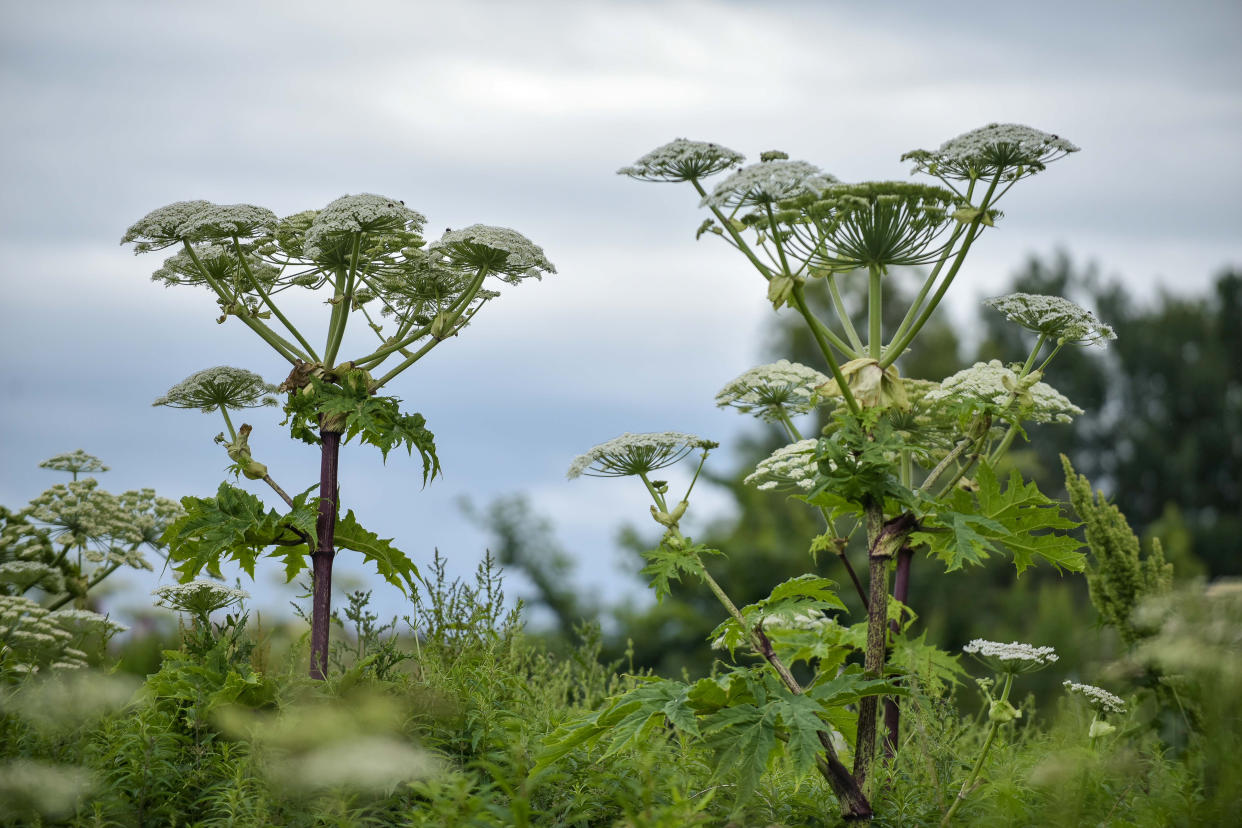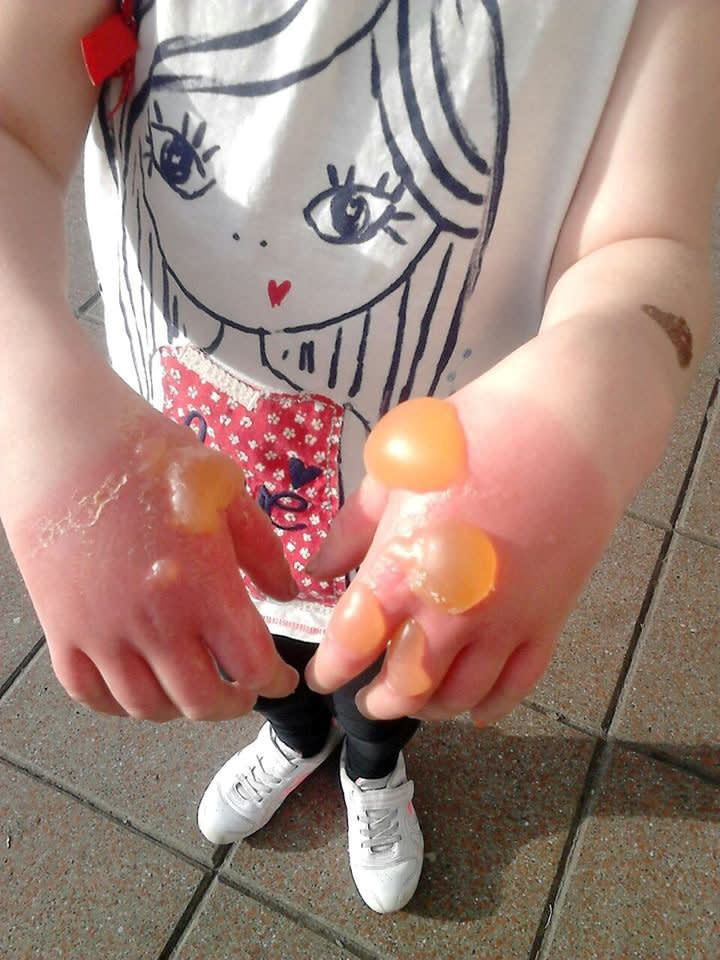Britain's most dangerous plant, which can cause blindness, is thriving in lockdown

With warmer weather set to continue, Britain’s most dangerous plant, giant hogweed, is thriving during the coronavirus pandemic.
With more people taking walks because of the lockdown, it’s easier than ever to fall upon this toxic weed, which can cause a host of harmful side effects.
If touched, the sap produced by the weed can cause blindness and permanent scarring.
It can also cause irritable blisters and burns.

With hot weather hitting the UK every summer, the growth is not unusual. Lockdown restrictions have meant that management of the weed has been more difficult, however.
Complete Weed Control, a company that manages the plant, has been unable to cull it at all this year.
Giant hogweed also seems to be flowering this year weeks earlier than in previous years.
Keith Gallacher, 33, director of the company’s Scottish operation explains: “Hogweed is thriving in the lockdown.
Read more: 6 top-rated garden parasols
“The weather has been a big factor – we are seeing some plants that are already 1m high because the temperature is ripe for it.
“We have been having very mild winters the last few years.
“We are seeing an increase in it now in lockdown because we can’t get out to the majority of places so we will see a spike in the number of plants.
“A lot of it is not getting treated because people are cutting back and don’t want to spend money on dealing with it just now, and it’s not classed as essential work.

“But you don’t want the plants to get to seed otherwise it will start repopulating very quickly.
“Each plant can have around 50,000 seeds, which can spread extremely fast if not treated and the toxic sap is a hazard.”
The toxic plant is often mistaken for cow parsley, with the main difference being that giant hogweed can grow up to five metres tall.
Read more: Amanda Holden wears bikini to mow the lawn
What is it about the sap that causes a reaction?
“It strips your skin of UV coating so when light hits the area it causes your skin to blister,” Gallacher says.
“It can leave people scarred and cause problems for years.
“It’s extremely sore, you don’t feel it burning your skin when you touch it, but it can stay on your skin for six hours and then you would feel it when the light hits.”



